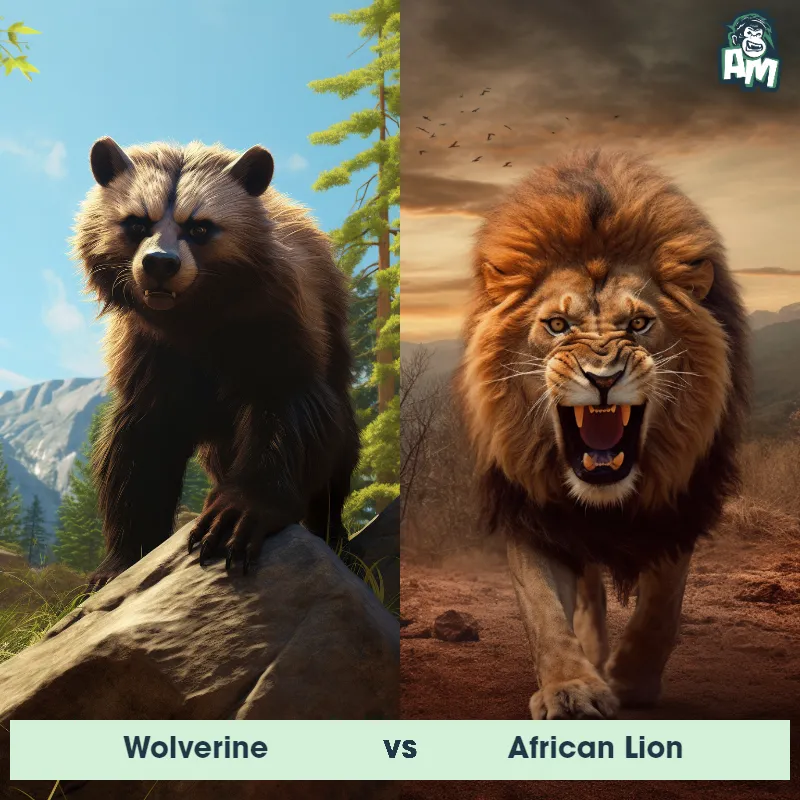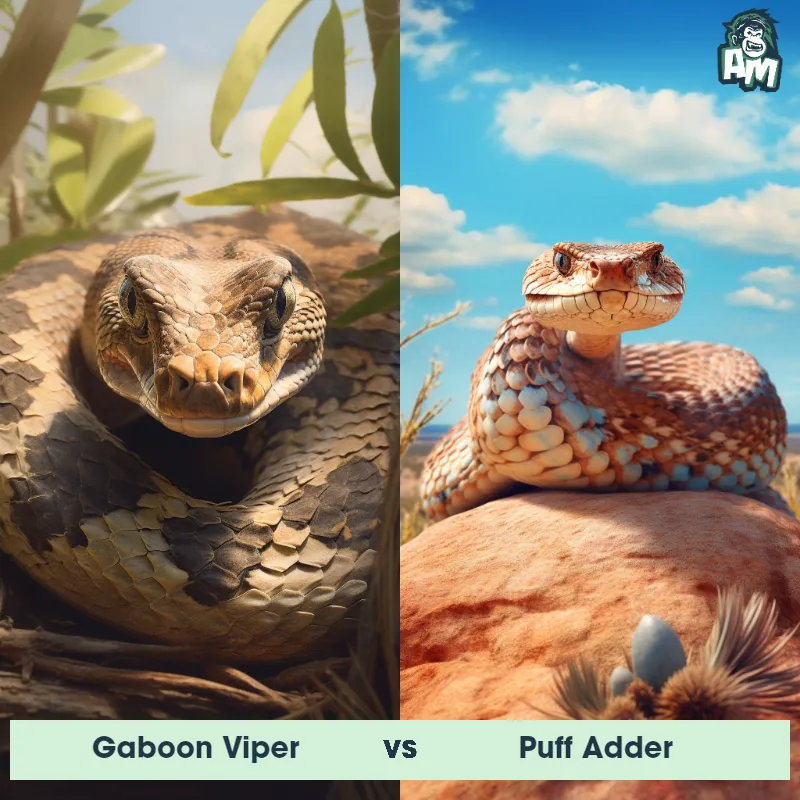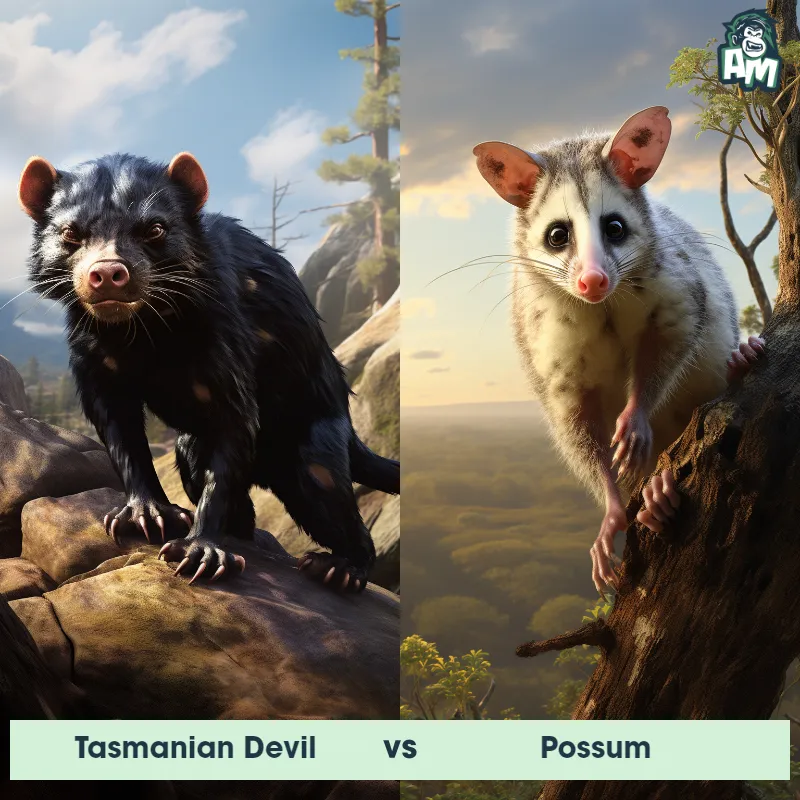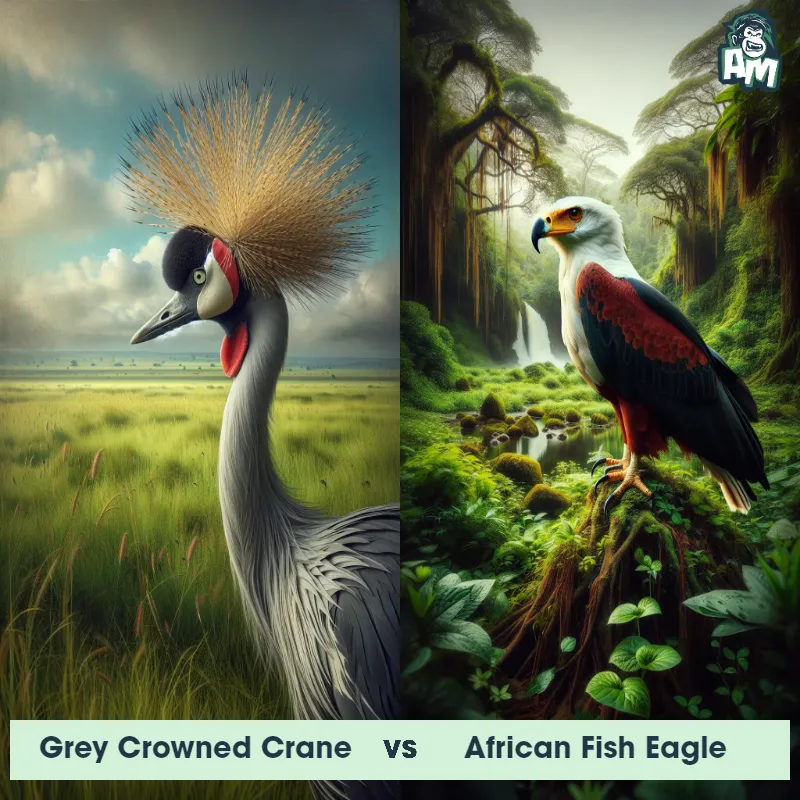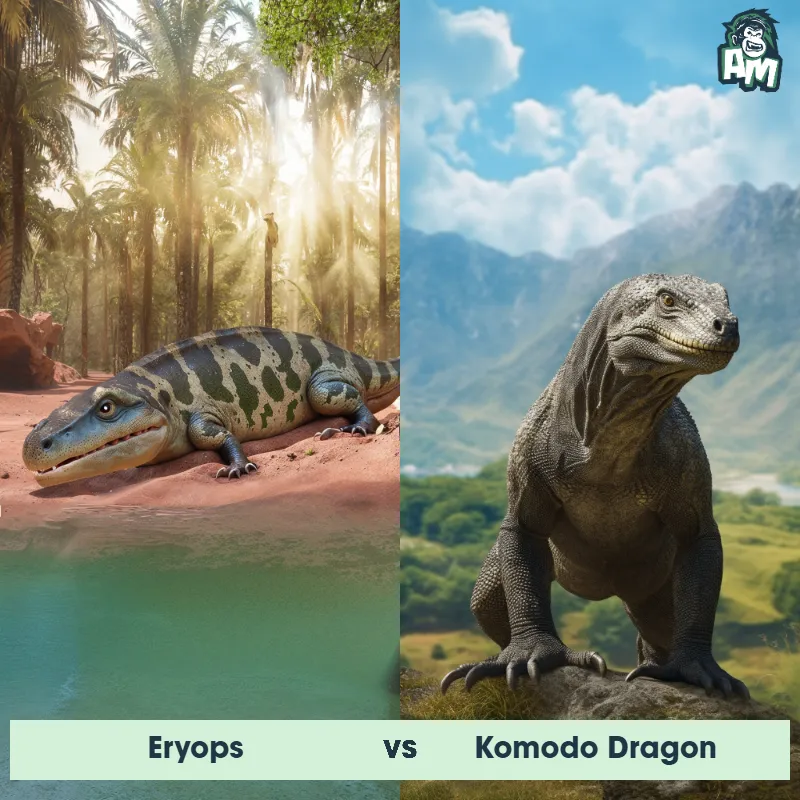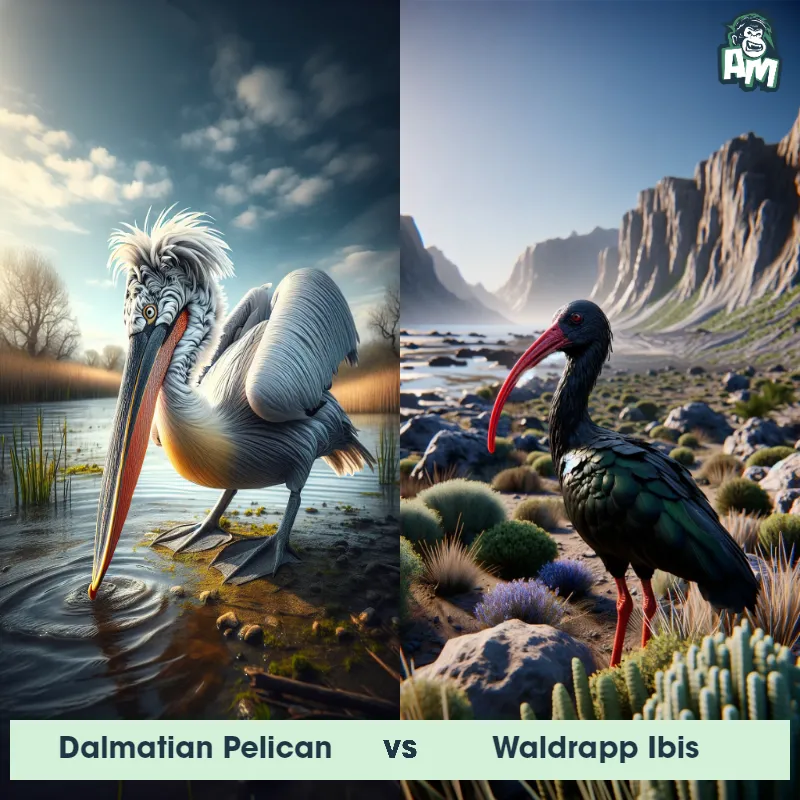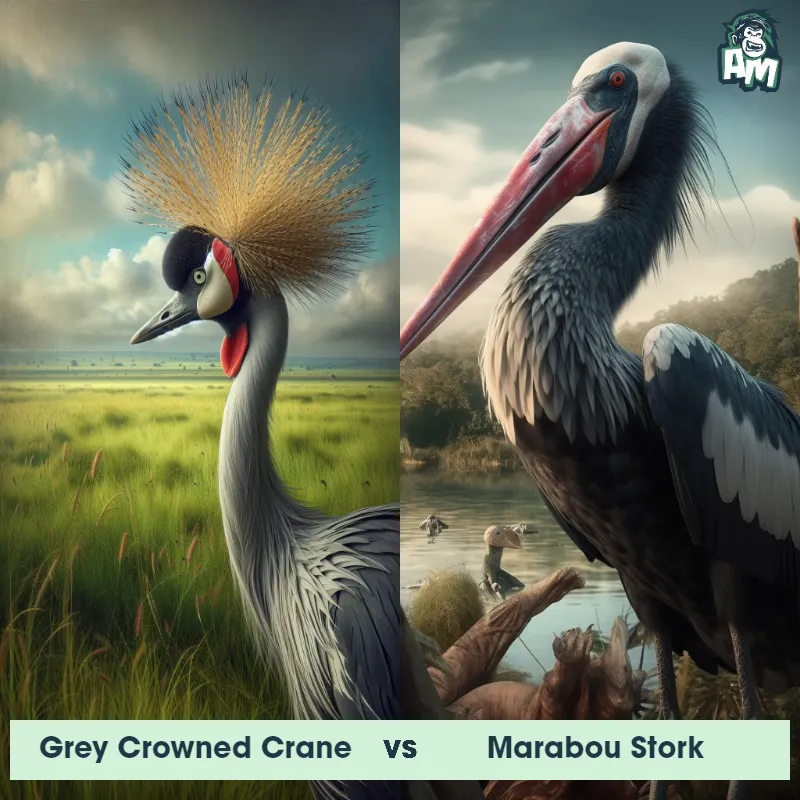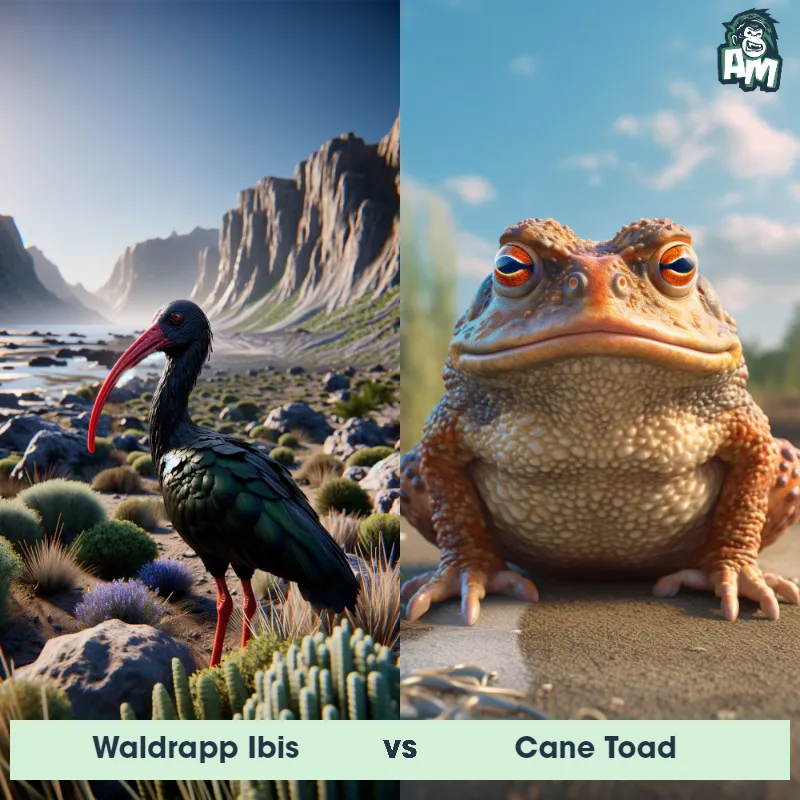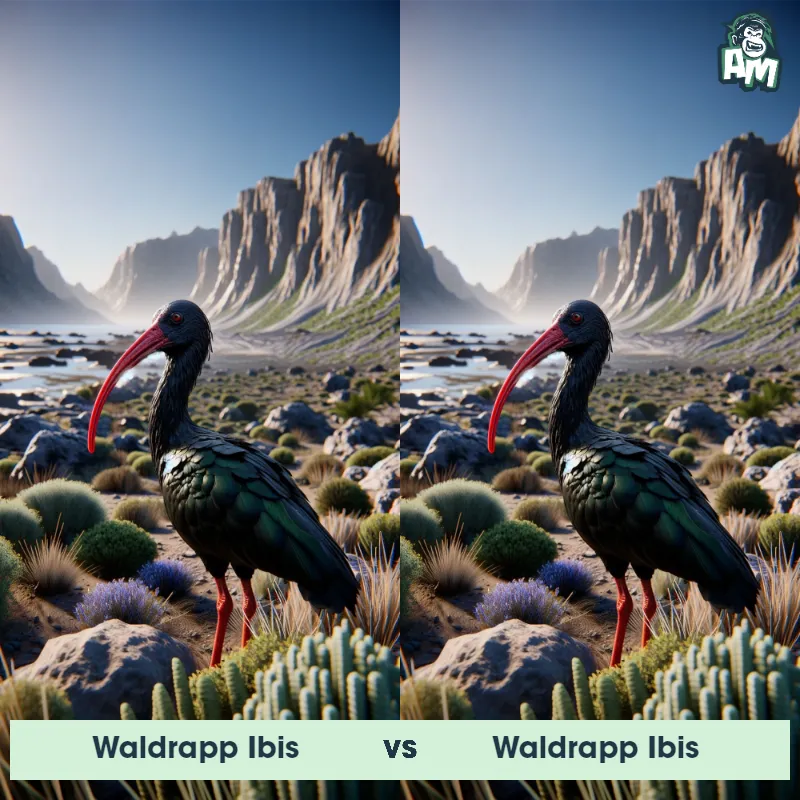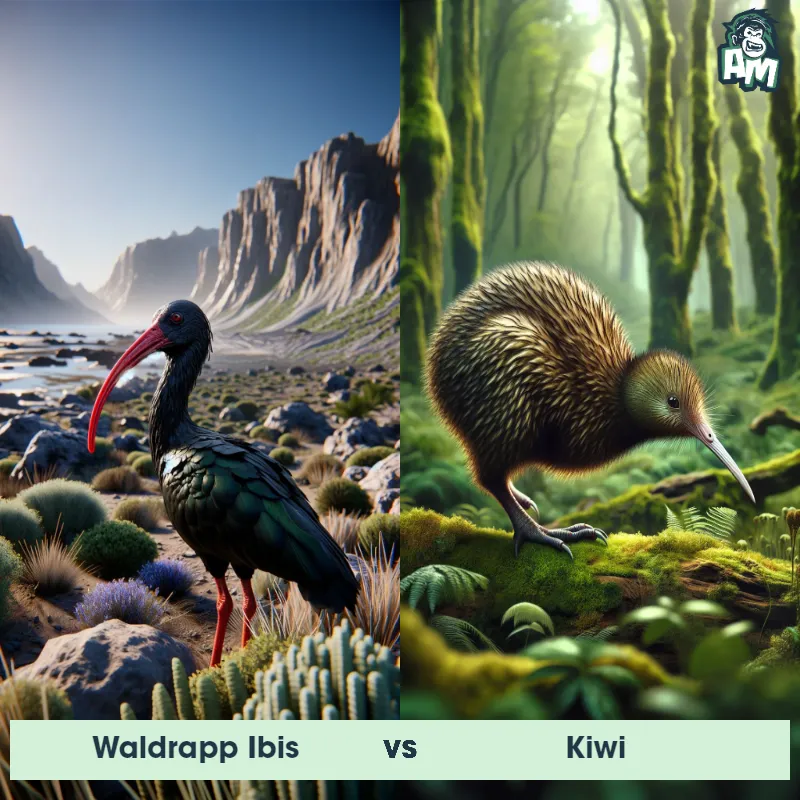Waldrapp Ibis vs Marabou StorkSee Who Wins
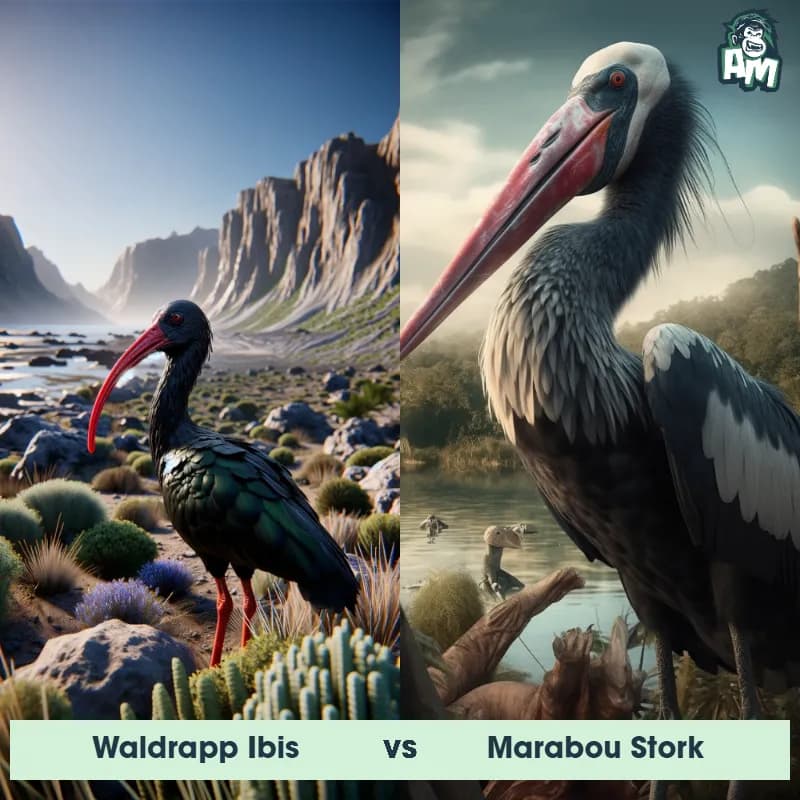
Welcome to the ultimate showdown between a Waldrapp Ibis and a Marabou Stork! Both of these fierce birds are ready to battle it out in a three-round fight to determine who will come out on top.
Contender 1: Waldrapp Ibis
The Waldrapp Ibis, also known as the Northern Bald Ibis, is a unique bird species found mainly in the mountainous regions of Europe, North Africa, and the Middle East. It is characterized by its distinctive bald head and long, curved bill. The Waldrapp Ibis has a black plumage with a glossy greenish sheen, and its wingspan can reach up to 120 cm. It is a social bird that forms large breeding colonies on cliff ledges, nesting on rugged mountainsides. Despite its somewhat comical appearance, this bird is highly intelligent and possesses excellent navigational skills.
Fun Fact: The Waldrapp Ibis has an impressive migratory behavior as it undertakes one of the longest known migrations by any bird species, traveling between its breeding grounds in Europe and its wintering grounds in North Africa, covering distances of up to 3,000 kilometers.
Contender 2: Marabou Stork
The Marabou Stork, also known as the Undertaker Bird, is a large bird found in sub-Saharan Africa. It has a wingspan of up to 3.7 meters and can weigh up to 9 kilograms. The bird has a bald head and neck, with a pink pouch that hangs from its neck. Its feathers are mostly black, with white underparts. The Marabou Stork is known for its scavenging habits and can often be found near carcasses.
Fun Fact: The Marabou Stork has a unique way of cooling down in hot weather - it defecates on its own legs, which then evaporates and cools the bird down.
Matchup Stats
| Waldrapp Ibis | Marabou Stork | |
|---|---|---|
| Size | Approximately 110 cm (43 in) tall | Up to 1.5 meters (4.9 feet) tall, (metric: 150 centimeters) |
| Weight | Approximately 1.5 kg (3.3 lbs) | Up to 9 kilograms (20 pounds), (metric: 9,000 grams) |
| Speed | 30mph (48km/h) | Speed: 30 mph (48 km/hr) |
| Key Strength | Agility and beak strength | Powerful beak and wings |
| Biggest Weakness | Lack of physical aggression | Slow movement on the ground |
Current Votes
Waldrapp Ibis vs Marabou Stork
See Who Wins
View More Matches
Looking For More?
Similar Matches
Scientific Stats
| Waldrapp Ibis | Marabou Stork | |
|---|---|---|
| Scientific Name | Geronticus eremita | Leptoptilos crumeniferus |
| Family | Threskiornithidae | Ciconiidae |
| Habitat | Mountainous regions, cliff ledges | Wetlands, savannas, and grasslands |
| Geography | Europe, North Africa, Middle East | Sub-Saharan Africa |
| Diet | Insects, grubs, small invertebrates | Scavenger, eats carrion, fish, and small mammals |
| Lifespan | 20 years - 25 years | 23 years - 25 years |
Key Differences between Waldrapp Ibis and Marabou Stork
- Conservation Status: The Marabou Stork is listed as of Least Concern by the IUCN Red List, whereas the Waldrapp Ibis is listed as Endangered due to habitat loss and hunting pressure.
- Habitat: Marabou Storks are commonly found near water bodies in sub-Saharan Africa, while Waldrapp Ibises prefer dry, rocky habitats in North Africa and the Middle East.
- Behavior: Marabou Storks are known for scavenging for carrion and being opportunistic feeders, while Waldrapp Ibises primarily feed on insects, small reptiles, and seeds.
- Size: The Marabou Stork is significantly larger than the Waldrapp Ibis, with a wingspan reaching up to 3.7 meters, whereas the Waldrapp Ibis has a wingspan of only about 1.1 meters.
- Color: The Marabou Stork has predominantly black and white plumage, with a naked pink head and neck, while the Waldrapp Ibis has a uniform dark plumage with hints of iridescent green and purple.
- Facial Features: The Marabou Stork has a large, bulbous, and fleshy throat sac, in contrast to the slender and curved bill of the Waldrapp Ibis.




